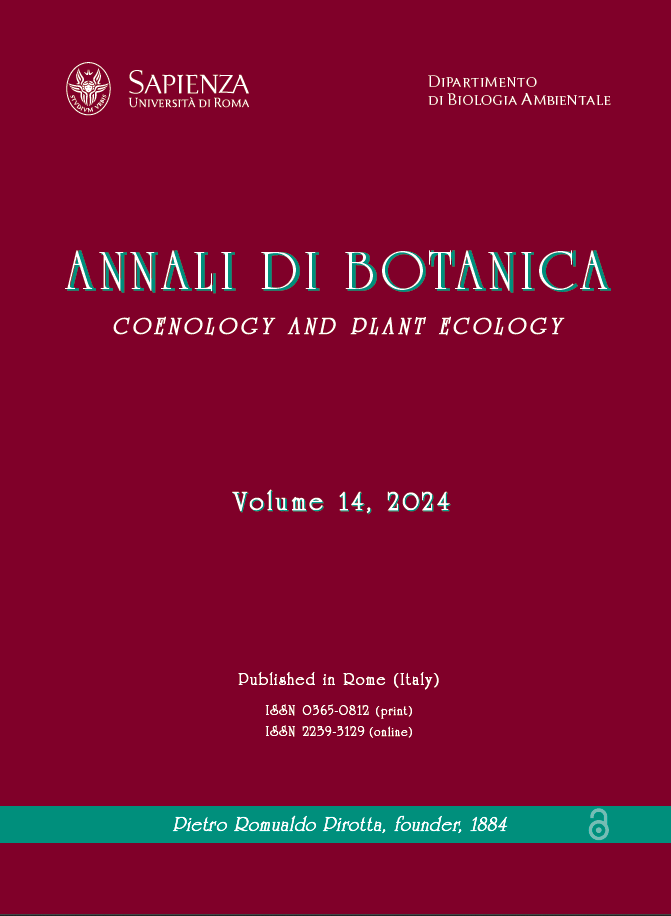Effects of landscape plants on public health: the case of Bursa-Mudanya
DOI:
https://doi.org/10.13133/2239-3129/18224Keywords:
heathAbstract
Backround: Plants are a part of life and they are elements that are an inseparable part of landscape designs, especially in areas that are widely used by large masses of people. It is of great importance to know and choose the properties of plants that affect public health due to their aesthetic, functional, and psychological effects, as well as some components they contain. Toxic components in different organs of plants cause adverse events such as contacting and eating of these parts by humans and animals, and at the same time, many of them cause allergic reactions to the pollen they have.
Methods: This study examined open green areas designed for public use in Bursa province of Turkey, Mudanya district, and the taxa of woody landscape plants in these areas were evaluated in terms of their toxic properties for public health.
Results: The study determined that 79.4% of the 107 taxa of woody landscape plants determined showed toxic and allergenic properties, while 20.6% did not show toxic properties. On the other hand, observations revealed that the rate of taxa that did not show toxic properties but showed allergenic properties was 18.6%. As a result of statistical studies with the obtained data, the study determined a significant relationship between the parameters examined.
Conclusion: Landscape designs made by considering the toxicological properties of plants will reduce the cases of poisoning caused by plants, and the measures to be taken for existing designs will raise awareness of the public on this issue.
Downloads
Published
How to Cite
Issue
Section
License
Copyright (c) 2024 MURAT ZENCİRKIRAN, Betül Hümeyra ÇELİK, Nilüfer SEYİDOGLU AKDENİZ

This work is licensed under a Creative Commons Attribution-NonCommercial-ShareAlike 4.0 International License.
The copyright for articles in this journal are retained by the author(s), with first publication rights granted to the journal, articles are free to use with proper attribution in educational and other non-commercial setting.

